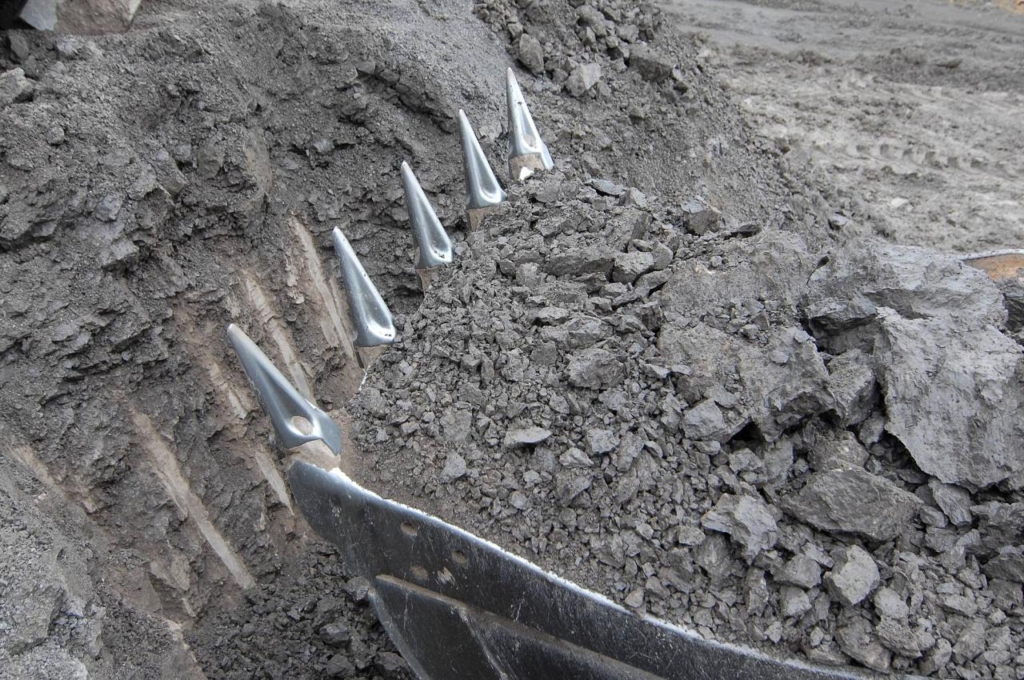Details Clay
Over thousands of years an indispensable raw material
The Großheirath clay deposit was formed more than 170 million years ago during the Keuper and Lias period by the deposition of finely grained sediment.
The vast and evenly distributed clay layers are now available for selective extraction. They are subjected to quality control, worked selectively as individual clays and stored in a homogenization facility. Our product range is supplemented by clays from other suppliers and covers raw and ground clays comprising 20-43% Al2O3 and firing colours ranging from cream-white to yellow and red.
The material is processed in our own clay preparation plants which enables us to offer clay not only raw shredded, but also directly or dry
ground as well as granulated as crumbly bodies.
As well as providing a low level of pit moisture, the geological consolidation of clays offers many advantages in the clay preparation process. If coarse-ground, these clays have a certain shortening effect of their own and if fine-ground, they have the plastic characteristics of fat clays.
Red- and yellow-firing clays are mainly used in structural ceramic products such as clinkers, tiles and roofing tiles being appreciated for their friendly and stable colours.
On account of their good unfired strength and their wide range of vitrification, bright-firing clays with a high kaolinite content are used in a variety of ceramic products. They are the basis for our chamottes and are ideally suited as refractory binding clays.
Our clays are gaining in significance as mineral sealings, for example when used in landfill sites or ponds, in clay building materials, soils and substrates as well as fillers in building chemistry.

